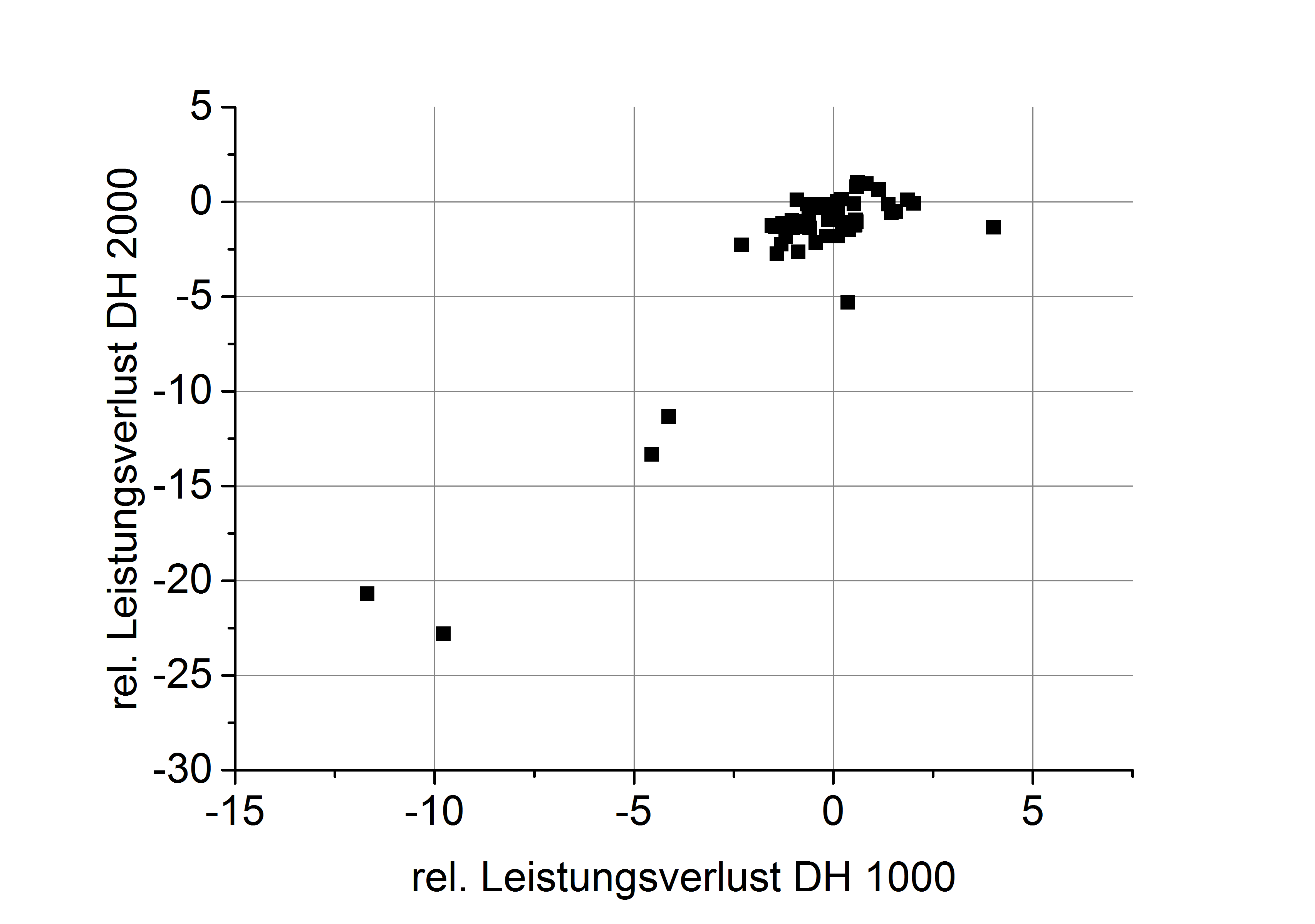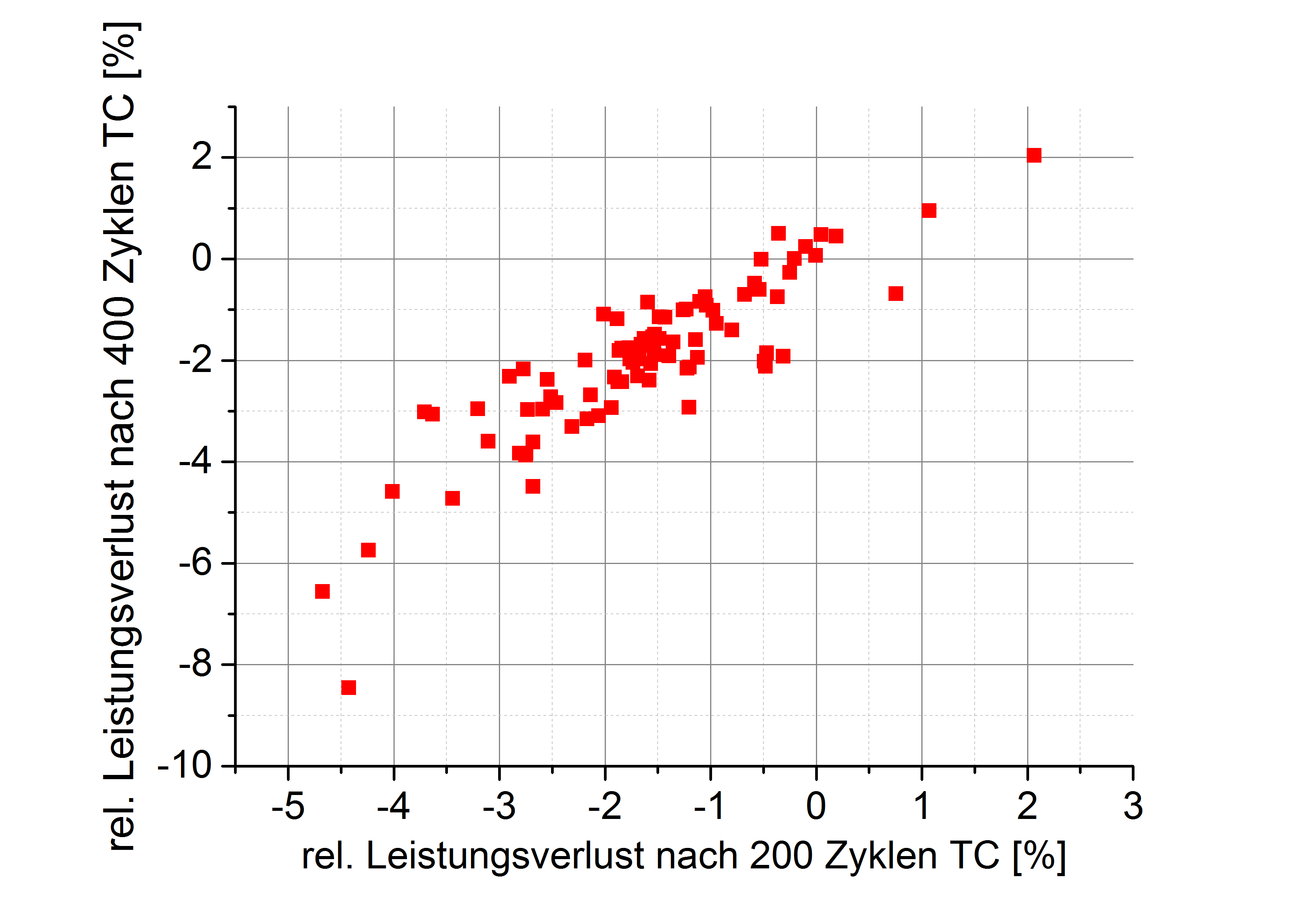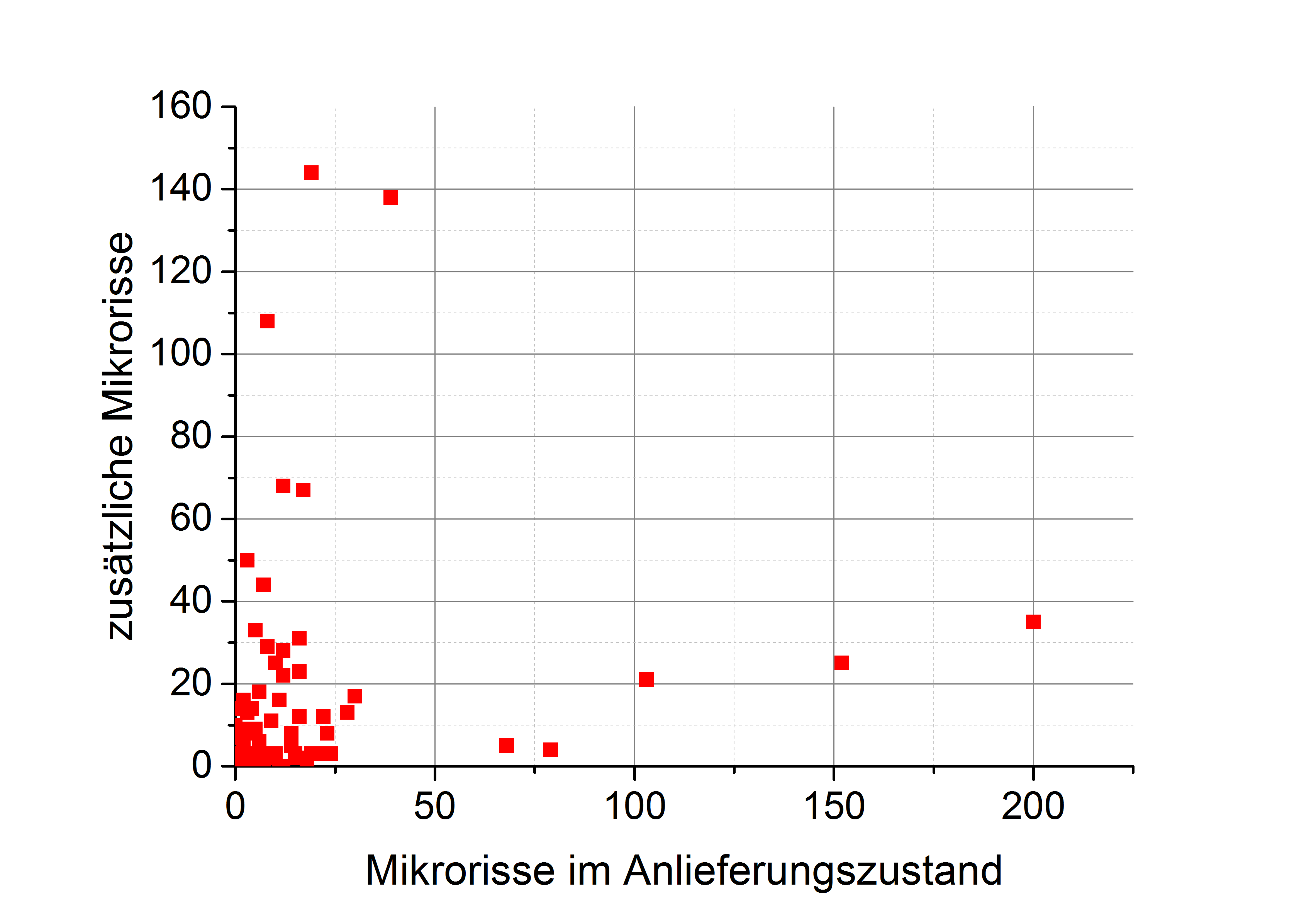| Duration: | January 2013 - 2017 |
| Project Focus: |
Optimization of Module Testing Procedures Based on Statistical Evaluation



Module manufacturers worldwide produce under enormous cost pressure. Module types with the same type designation are produced at different production locations and the BOM (Bill of Materials) and suppliers change frequently. This development presents new quality assurance challenges to investors and manufacturers. Cost- and time-efficient test methods that reduce the risk of faults and reduced power are required. The main objectives of this project are the improvement of the significance of module tests, the definition of quality criteria through description of the current state-of-the-art of technology, and the development of time- and cost-effective test procedures. For this purpose, test experiences are evaluated systematically and used for statistical analyses.
In the statistical study, the changes in electroluminescence (EL) images and module power due to extended standard tests (thermal cycling (TC): 400 instead of 200 cycles, damp heat (DH): 2000 instead of 1000 hours) are investigated. More than 90 different modules were investigated before and after the load tests. Based on processing of this data, we can define a relatively good state-of-the-art of technology for the assessment of the individual products. With that, we can optimize the test cycles with respect to duration and costs.
The EL images are assessed with respect to “micro crack” and “finger fault” cell defects. This assessment was realized applying a semi-automated method. This method is based on marking of the selected defects on the EL images by a test engineer. The markings are then analyzed quantitatively using image-processing methods. 150 tests were evaluated.
Among others, the TC test analysis shows that doubling the number of cycles relative to the test scope of the IEC standard, in the most cases does not cause any further change in the module power. An extension of the DH test caused a further significant loss of module power. However, this only applies to modules that were already suspicious after 1000 hours DH. Furthermore, we were able to demonstrate that the number of micro cracks in as-delivered condition has no significant influence on the susceptibility of the modules for the formation of new micro cracks during the TC test.